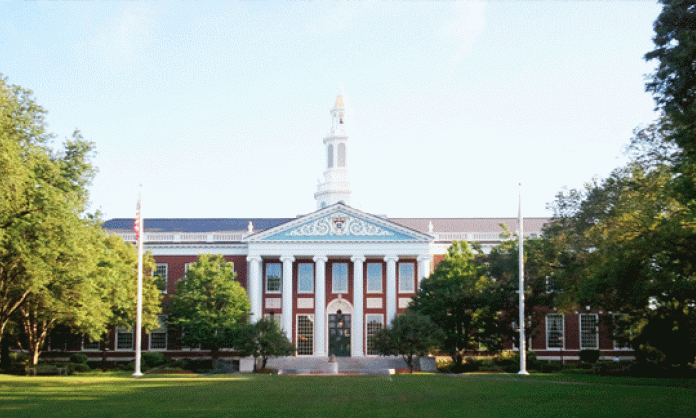Christopher Pyne and his Liberal goon mates think the US education system should be emulated in Australia. But in the US, the vast majority of people are deprived of anything resembling a worthwhile education.
The “diverse array of institutions” in the US, so extolled by Pyne, is two-tiered. At the top are the Ivy League colleges – the Harvards, the Yales and their dignified peers. These institutions have unparalleled global prestige.
They are lavishly funded, have tens of billions in endowments (more than $30 billion a year in income from its endowment for Harvard alone), attract the most lauded professors and boast campuses resembling royal estates. Where could be better than these beautiful, spacious grounds for the spirit to flourish and the mind to roam at ease?
But their oak and cedar doors rarely open for any but the wealthy. Fewer students than ever from working class backgrounds are invited to traipse their avenues. In 2013, Harvard enrolled fewer than 200 students from the poorest half of the population. Students from the bottom half of the wealth ladder account for only 10 percent of enrolments at elite US universities; more than 60 percent come from the richest quarter.
US education is utterly corporatised. The pursuit of knowledge is subordinated to the pursuit of profit. “Knowledge will be the most important currency”, said Harvard president Drew Faust as he launched the university’s latest $6.5 billion fundraising drive.
Those for whom the elite institutions are out of reach have a bleak outlook. Student debt now totals more than one trillion dollars. It stands head and shoulders above credit card debt or car loans, and is second only to the country’s monumental home mortgage debt.
Currently, 12 million US citizens borrow money annually to continue studying for their degree. The total number of those paying off student loans is 37 million. It will take each of them an average of 10 years to do it. It’ll take a lot of them far longer.
The Liberals’ move to reduce subsidies is leading Australian students down the same road. Christopher Pyne’s gleeful soliloquies to “setting education free” are true marvels when you consider the effect this agenda has had on students.
Indebtedness exacts a crippling toll on most US graduates. Stories of despondency and aimlessness abound, while 54 percent of graduates under the age of 25 are either unemployed or doing work for which their studies were unnecessary.
The Liberals want government funding to be extended to private institutions. This is just another way of forcing students immediately to accrue huge debts. In the US, students who attended private institutions are almost twice as likely to default on their loans.
A 2012 US Senate committee report on for-profit colleges found, among other things, “overwhelming documentation of exorbitant tuition, aggressive [student] recruiting practices, abysmal student outcomes, taxpayer dollars spent on marketing and pocketed as profit, and regulatory evasion and manipulation”.
That is, in a system based on massive rip-offs, institutions have become so predatory and uninterested in the education of their “customers” that the US Senate had to issue a reprimand. This is the educational environment Christopher Pyne dreams about.
The turn towards the US model has been a long time coming. Both the Labor and Liberal parties over the last decades have undertaken regressive changes that more and more have corporatised education and allowed private interests to meddle in and corrupt what should be a right for all.
It’s only when we’ve been ready to fight for our right to a decent education that such changes have been challenged and even beaten back.









